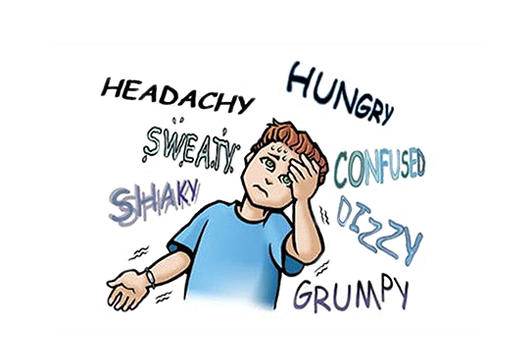This circulatory structure has valves to pump the blood
Veins
S/S include: Intermittent Claudication, Dry, Shiny skin, hair loss on leg
Arteriosclerosis Obliterans
Infection in vein is known as
Phlebitis
What modality is the MOST contraindicated for the acute venous treatment
Massage
Venous Wound
This system is responsible for filtering out debris and infection.
Lymphatic System
Acute Arterial Disease is caused by what three things?
Embolism, Thrombi, Vasopastic Disease
Increased temperature, itching, hemosiderin staining are s/s for
Chronic Venous Insufficency
Increasing leg pain with exercise is known as
Intermittent claudication
Elephantitis
This circulatory structure has smooth muscle to pump the blood
Arteries
Arteriosclerosis is
thickening
This is known as a clot that stays local.
Thrombosis
The arterial flow is worse

Hypoglycemia
Lymphatic System
Cholesterol-Lipid deposits causes
atherosclerosis
Known as little broken or spider veins that are either hereditary or acquired.
Varicose Veins
Manual drainage can be used for which of the 2 systems.
Venous and Lymphatic
Ketoacidosis
Pancreas
Common in young male smokers
Thromboangiitis Obliterans
This is a clot that moved and is obstructing another vessel
Thromboembolism
Requires high pressure support garments to control edema
Lymphedema
/hyperglycemia-symptoms-5ada088fba617700366b24fc.png)
Hyperglycemia